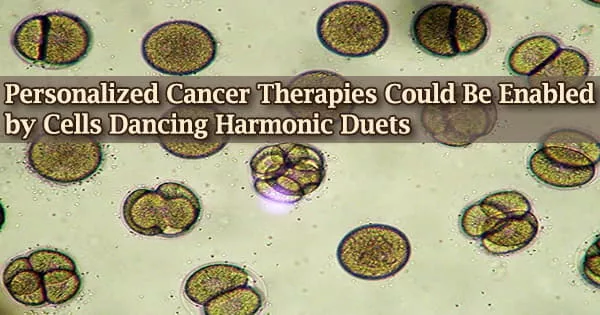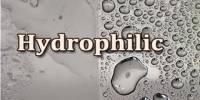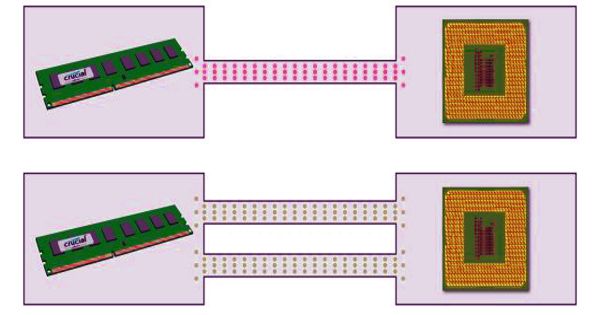Activity and Effects of Follicle Stimulating Hormone
Introduction
Follicle Stimulating Hormone or FSH is a glycoprotein hormone, and the FSH receptor (FSHR), a G protein-coupled receptor, play central roles in human reproduction. It is a gonadotrophic hormone secreted by the pituitary gland that stimulates maturation of ovarian follicles in female mammals and growth of seminiferous tubules in males. The central role of FSH in human reproduction makes its receptor a unique pharmaceutical target in the field of fertility regulation.
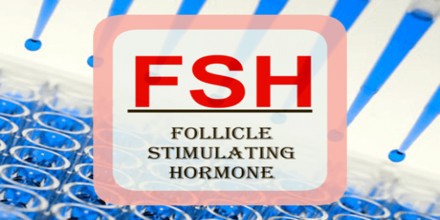
FSH acts by binding to the FSH receptor (FSHR) on the granulosa cell surface in ovaries and the Sertoli cell surface in testes. The stimulated receptor leads to the dissociation of α- and βγ- subunits of G protein heterotrimer inside the cell. The α-subunit activates adenylyl cyclase, resulting in an increase of cAMP levels, and ultimately leads to the increased steroid production that is necessary for follicular growth and ovulation in women. The free βγ dimers recruit G protein-coupled receptor (GPCR) kinases to the receptor, which, in turn, lead to the recruitment of β-arrestin to the receptor. FSH is used clinically for controlled ovarian stimulation in women treated with assisted reproductive technologies and also for the treatment of anovulatory infertility in women and hypogonadotropic hypogonadism in men.
Activity/Functions of Follicle Stimulating Hormone
Follicle Stimulating Hormone (or FSH)-like activity of human chorionic gonadotrophin (HCG) preparations was assayed by the method based on the ovarian weight augmentation in intact immature rats. The action characteristic of follicle-stimulating hormone (FSH), a gonadotrophic glycoprotein hormone secreted, in mammals, by the anterior pituitary gland. Upon receptor binding, FSH stimulates growth of Graafian follicles in the ovaries in females, and stimulates the epithelium of the seminiferous tubules to increase spermatogenesis. However, when in intact immature rats the ovarian weight response to HCG preparations was compared at a wide range of doses (40 to 51 200 IU) to that obtained with a human menopausal gonadotrophin (HMG) preparation (0.5 to 128 IU of FSH) in the presence of 40 IU of HCG, significant differences were found. The assays conducted in hypophysectomised immature female rats were invalid, because of lack of parallelism.
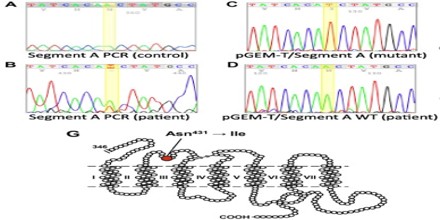
FSH regulates the development, growth, pubertal maturation and reproductive processes of the human body.
- In both males and females, FSH stimulates the maturation of germ cells.
- In males, FSH induces Sertoli cells to secrete androgen-binding proteins (ABPs), regulated by inhibin’s negative feedback mechanism on the anterior pituitary.
- In females, FSH initiates follicular growth, specifically affecting granulosa cells. With the concomitant rise in inhibin B, FSH levels then decline in the late follicular phase. This seems to be critical in selecting only the most advanced follicle to proceed to ovulation. At the end of the luteal phase, there is a slight rise in FSH that seems to be of importance to start the next ovulatory cycle.
Control of FSH release from the pituitary gland is unknown. Low frequency gonadotropin-releasing hormone (GnRH) pulses increase FSH mRNA levels in the rat, but is not directly correlated with an increase in circulating FSH. FSH is subject to oestrogen feed-back from the gonads via the hypothalamic pituitary gonadal axis.
The data indicate that the FSH-like activity of HCG preparations is neither due to a contamination by FSH of pituitary origin, nor is it an evenly distributed intrinsic property of the HCG molecules. It is also concluded that the gonadotrophic activity of biologically pure HCG in immature hypophysectomised female rats consists of a specific stimulation of the interstitial cell apparatus. Such HCG preparations do not induce any follicle stimulation, not even when administered in excessive doses.
Side Effects of Follicle Stimulating Hormone
Major Side Effects –
- Abdominal or stomach pain that is severe
- bloating
- diarrhea
- severe nausea or vomiting
- stomach or pelvic discomfort, aching, or heaviness
- weight gain that is rapid
- Heavy non-menstrual vaginal bleeding
- redness, pain, or swelling at the injection site
- unusual tiredness or weakness

Minor Side Effects –
- Blemishes on the skin, pimples
- headache, fever
- Body aches or pain
- chills, rash
- difficulty having a bowel movement (stool)
- fast or racing heart, quick or shallow breathing
- hair loss
- swelling of the breasts or breast soreness in both females and males
In addition to its needed effects, some unwanted effects may be caused by Follicle Stimulating Hormone (or FSH). In the event that any of these side effects do occur, they may require medical attention.

